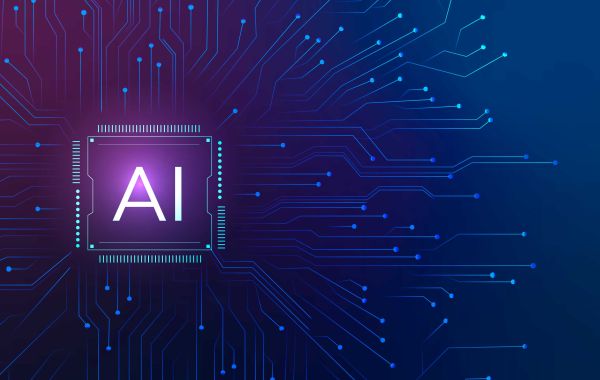The Evolution of Demand Forecasting
Demand forecasting has historically relied on statistical methods, time series analysis, and human expertise to predict future demand patterns based on historical data. While effective to a certain extent, these methods struggle to adapt swiftly to dynamic market conditions and often require manual adjustments and interventions. With the advent of AI, particularly machine learning algorithms and deep learning models, demand forecasting has entered a new era of precision and responsiveness.
Understanding AI in Demand Forecasting
AI in demand forecasting leverages the power of algorithms that can learn from data, identify patterns, and make predictions autonomously. Machine learning techniques such as neural networks, decision trees, and ensemble methods are applied to large datasets encompassing historical sales figures, market trends, economic indicators, and even external variables like weather patterns or social media sentiment.
These AI models not only automate the forecasting process but also improve accuracy over time by continuously learning from new data inputs. They can detect subtle patterns and correlations that human analysts might overlook, leading to more reliable predictions even in volatile market environments.
Key AI Models for Demand Forecasting
Machine Learning Algorithms: Algorithms like Random Forests, Support Vector Machines (SVM), and Gradient Boosting Machines (GBM) are commonly used in demand forecasting due to their ability to handle complex datasets and nonlinear relationships. These algorithms excel in capturing intricate patterns within historical data and extrapolating them into future predictions.
Neural Networks: Deep learning models such as Recurrent Neural Networks (RNNs) and Long Short-Term Memory networks (LSTMs) are particularly effective in time series forecasting. They can learn sequential dependencies in data and are adept at capturing long-term trends and seasonal variations, making them suitable for industries with cyclical demand patterns.
Natural Language Processing (NLP) Techniques: In industries where demand is influenced by external factors like customer reviews, social media trends, or news articles, NLP models can extract insights from unstructured textual data. Sentiment analysis and topic modeling techniques help gauge consumer sentiment and anticipate shifts in demand before they manifest in traditional sales data.
Advantages of AI in Demand Forecasting
Enhanced Accuracy: AI models can achieve higher accuracy levels compared to traditional forecasting methods, reducing forecasting errors and enabling businesses to optimize inventory levels and production schedules more effectively.
Real-Time Adaptability: Unlike static forecasting models, AI continuously learns and adapts to new data inputs, enabling real-time adjustments to forecasts based on changing market dynamics and consumer behavior.
Scalability: AI models can handle large volumes of data and scale seamlessly with growing datasets, making them suitable for enterprises operating in diverse markets and regions.
Cost Efficiency: While initial implementation may require investment in technology and expertise, AI-driven forecasting ultimately reduces costs associated with stockouts, overstocking, and inefficient resource allocation.
Challenges and Considerations
Despite its transformative potential, integrating AI into demand forecasting processes comes with challenges. These include the need for high-quality data, potential biases in data sets, interpretability of AI-driven insights, and the requirement for skilled data scientists to develop and maintain AI models.
Future Trends and Innovations
Looking ahead, the evolution of AI in demand forecasting is likely to be shaped by advancements in explainable AI, federated learning techniques that preserve data privacy, and the integration of AI with Internet of Things (IoT) devices for real-time data capture. These innovations promise to further enhance the accuracy, agility, and strategic value of demand forecasting in supply chain management.
Conclusion
AI models for demand forecasting represent a paradigm shift in how businesses anticipate and respond to market demand. By harnessing the power of machine learning, deep learning, and natural language processing, organizations can gain actionable insights, mitigate risks, and capitalize on opportunities in an increasingly competitive marketplace. As AI continues to evolve, its role in transforming supply chain dynamics through more accurate, adaptable, and insightful demand forecasting is set to become indispensable for forward-thinking enterprises.
In summary, AI in demand forecasting isn't just about predicting numbers—it's about empowering businesses to innovate, optimize, and thrive in the face of uncertainty, thereby shaping the future of supply chain management.







